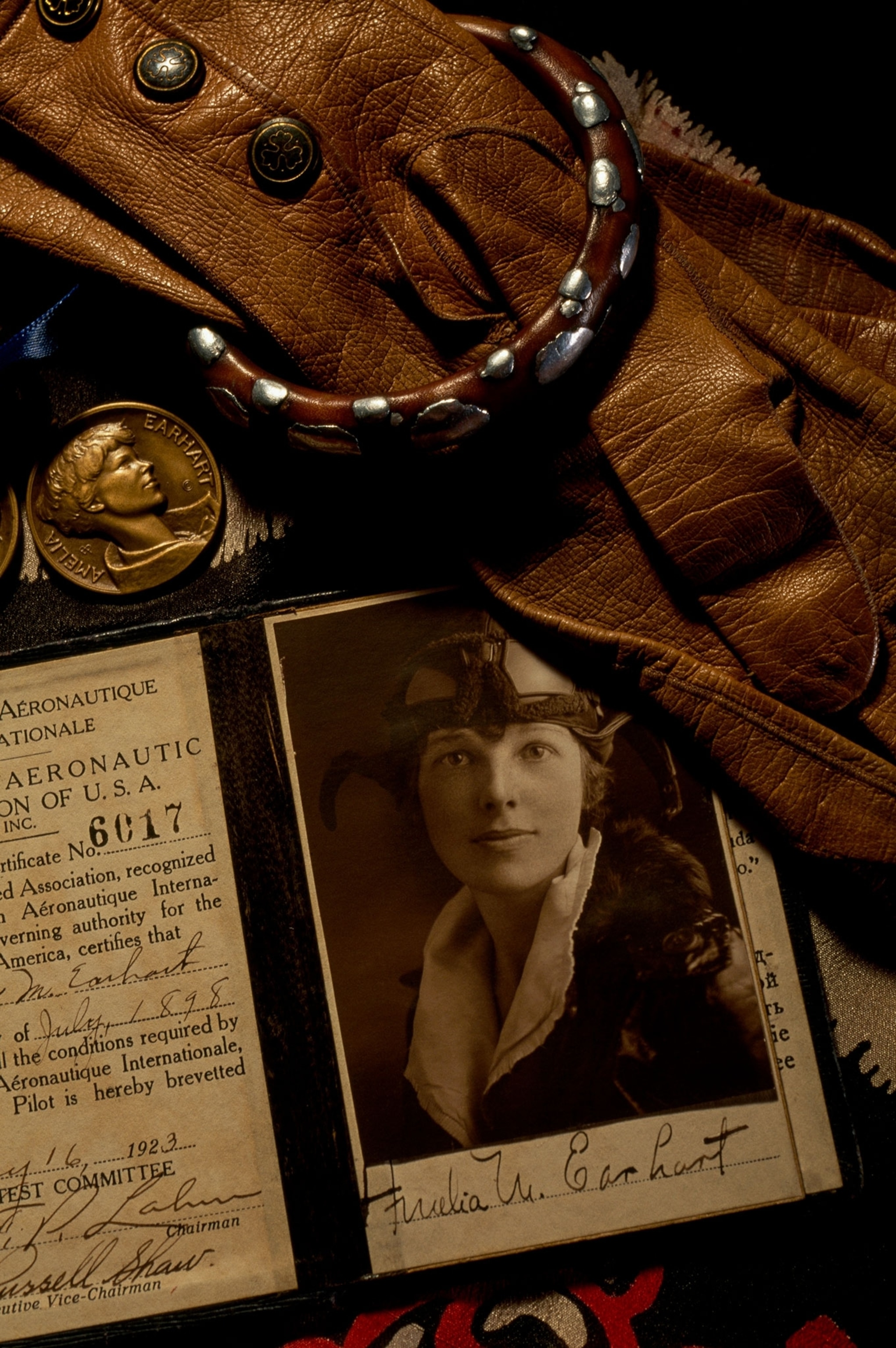By Whitney Johnson, Director of Visual and Immersive Experiences
Show, not tell. That’s what we’ve always given you at National Geographic. But in these fast-paced times, context is vital. In our revamped photography newsletter, we’ll explore how a visual journalist creates what you see. What does it take to get to that moment? What are the ethical issues involved? And how is photography used—and misused—in a world grappling with visual literacy and misinformation?
Today, we look at persistence, patience and, well, perfectionism in the Sahara, in the following essay by intrepid National Geographic writer Peter Gwin, about his colleague Brent Stirton.
How one photographer does it

When people hear I work at Nat Geo, I often get asked some version of: “How can I become a National Geographic photographer?” This is an incredibly galling question for a Nat Geo writer. But I get it. Many of these people have romantic visions of exploring the far ends of the planet with a Nikon slung over a shoulder. For the few who seem to want the hard truth, I tell them about the time I was on assignment in Mali with Brent Stirton, and we were taking turns throwing up in an airport bathroom.
We arrived at Bamako’s airport before dawn to catch a flight to Timbuktu, the legendary Saharan outpost, and found the dilapidated terminal dark and empty. The previous night we’d eaten some dodgy curry and were both feeling queasy. A security guard took mercy and let us in to use the loo, and we sprawled out on the cracked linoleum floor, facing a tiny duty-free shop, sweating through our clothes, riding the waves of nausea.
Taped to the window of the shop was a tattered perfume ad. ... Brent stared at the image and proceeded to name the photographer, the year it was taken, the model, as well as the Russian hockey player she was dating at the time. He excused himself to go puke and when he got back recited the technical details that created the strange light and the floating hair, and the way the photographer had highlighted the delicate curves of the model’s face. “It’s not a bad pic, Pete,” he said at last. “He’s done better.”
By then I already knew Brent was consumed by photography. ... Read Peter’s full story here.
Wildlife photographer of the year

Chinese photographer Yongqing Bao was in a meadowland 14,800 feet up on the Tibetan Plateau when he caught the image. A fox and a marmot, in the instant before an attack. For this image, London’s Natural History Museum awarded Bao the Wildlife Photographer of the Year. “To have captured such a powerful interaction between a Tibetan fox and a marmot—two species key to the ecology of this high-grassland region—is extraordinary,” said Roz Kidman Cox, chair of the judging panel. Bao’s entry said the marmot was not long out of hibernation—they spend the long harsh winter burrowed underground—when it was surprised by a fox with three hungry cubs to feed.
Your Instagram photo of the day

Leo Sage returns to town in Utqiagvik, Alaska, after hunting bearded seals with his father by boat in the Arctic Ocean. They were unsuccessful. For thousands of years, Inupiat villagers along Alaska’s North Slope have hunted marine mammals such as seal, walrus, and whale. Hunting, fishing, and foraging for food, known as subsistence, remains one of the most significant aspects of life in Inupiat communities. ... Read more of Katie Orlinsky's story on our Instagram feed.
Are you one of our 124 million Instagram followers? (If not, follow us now.) +
Photo tip of the week
Arrive early and stay late. Before and after the event may be more interesting than the event itself.Sarah Leen @roseleen, National Geographic Director of Photography, Emeritus
Want a newsletter every day?
On Monday, we'll look at women warriors of the past, some of whom may have been forgotten in today’s gender struggles. If you’re not a subscriber, sign up here.
One last glimpse

Why does lost aviator Amelia Earhart still fascinate us? That’s the question Rachel Hartigan Shea explores, keyed to this year’s search for Earhart’s plane in the Pacific and a documentary airing Sunday. “The mystery is part of why, anytime you talk about important women, she’s always in the conversation,” says Jacque Pregont, who coordinates the annual Amelia Earhart Festival in the aviator’s birthplace, Atchison, Kansas. “I hope they never find her.” Tune in to Finding Amelia, at 8 p.m. Sunday (ET) on the National Geographic Channel.
